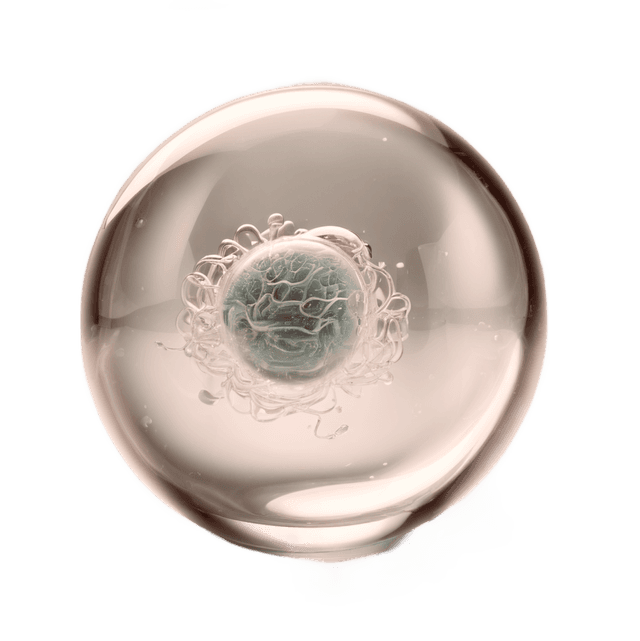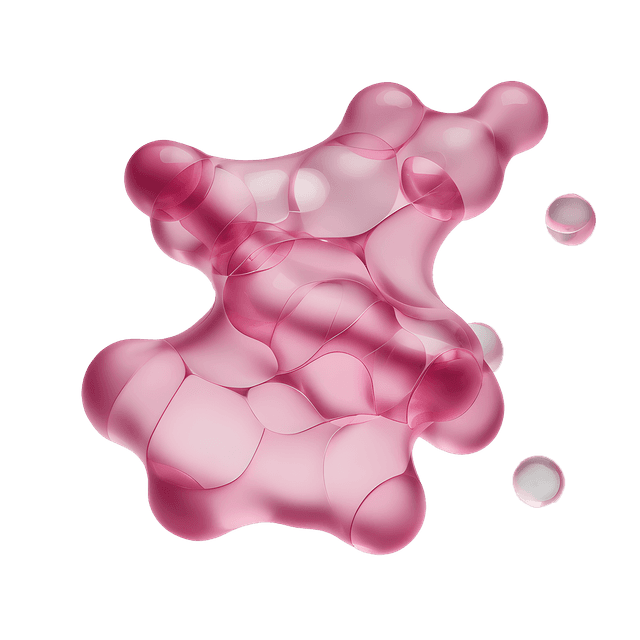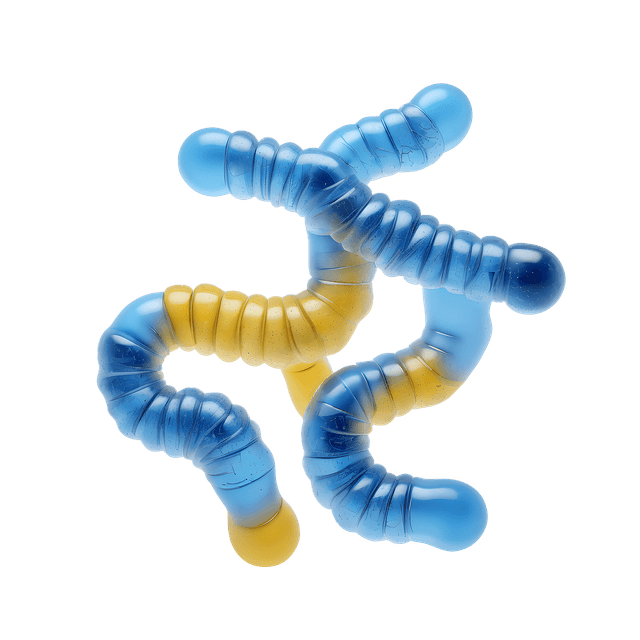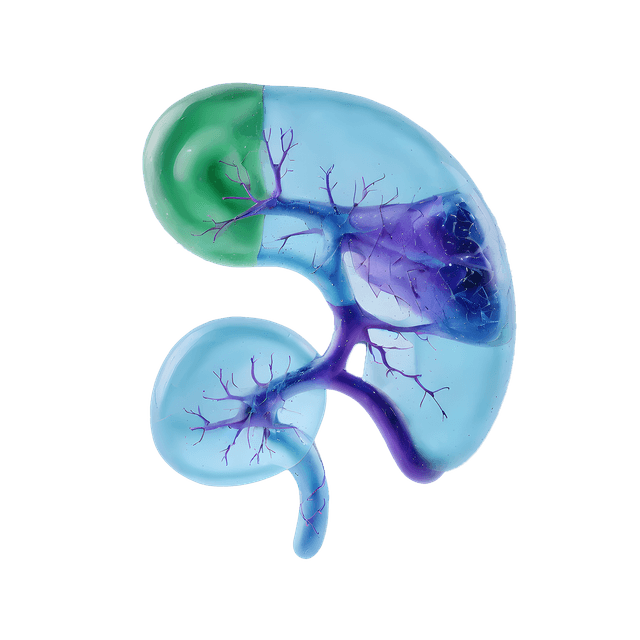Haptoglobin (Hp) is a glycoprotein synthesized in the liver and functions as part of the body's defense system against hemolysis and oxidative stress. Haptoglobin belongs to the group of acute phase proteins and has a central role in the management of free hemoglobin released during erythrocyte lysis. Haptoglobin circulates in plasma and binds with high affinity to free hemoglobin, which prevents heme-mediated tissue damage and contributes to the elimination of hemoglobin by the liver.
Haptoglobin - Function and biological role
Haptoglobin has several physiological functions in the body, mainly linked to hemoglobin metabolism and immune regulation.
- Hemoglobin binding: Haptoglobin binds free hemoglobin released during hemolysis and forms a stable Hp-Hb complex. This prevents free hemoglobin from being filtered through the kidneys and causing oxidative damage in the proximal tubules.
- Transport and elimination: The Hp-Hb complex is efficiently eliminated by receptor-mediated endocytosis via CD163 on macrophages and Kupffer cells in the liver, where it is degraded and recycled.
- Protection against oxidative stress: By binding hemoglobin, haptoglobin reduces free iron-mediated oxidation of lipids and proteins, thus protecting tissues from damage.
- Acute phase response: As an acute phase protein, haptoglobin synthesis increases during systemic inflammation, which helps to limit inflammatory processes and counteract tissue damage.
Clinical significance and diagnostic use
S-Haptoglobin is analyzed in cases of suspected hemolytic anemia, inflammatory conditions, and liver diseases. Changes in haptoglobin levels can provide valuable information in several clinical conditions.
Low S-Haptoglobin
Lower concentrations of haptoglobin are usually due to increased breakdown of red blood cells (hemolysis), which leads to the consumption of haptoglobin. It can also indicate impaired liver function, as the liver is responsible for the production of haptoglobin. Common causes of low haptoglobin include.
- Hemolytic anemia: Breakdown of red blood cells increases the consumption of haptoglobin, resulting in low levels.
- Liver disease: In cirrhosis and hepatitis, the liver's production of haptoglobin can decrease, resulting in low values.
- Genetic factors: Some individuals have naturally low or undetectable levels of haptoglobin without an underlying disease.
Elevated haptoglobin
High levels of haptoglobin are seen in inflammation and infection, as it is an acute phase protein that increases during the body's immune response. Elevated values may indicate the following.
- Acute inflammatory conditions: Infections, trauma, or surgical procedures can stimulate increased production of haptoglobin.
- Chronic inflammatory diseases: Conditions such as rheumatoid arthritis, inflammatory bowel disease (IBD), and other autoimmune diseases can cause elevated levels.
- Liver effects: Cholestasis and certain liver diseases can increase haptoglobin levels as part of the body's inflammatory response.
In the event of abnormal haptoglobin levels, the test results should be interpreted together with other blood markers and clinical symptoms to determine the underlying cause.
Haptoglobin and related blood markers
When hemolysis is suspected, haptoglobin is often analyzed together with other blood markers for a more complete picture of blood cell breakdown.
- Lactate dehydrogenase: Elevated in hemolysis and tissue damage.
- Reticulocytes: Increased in hemolysis to compensate for lost red blood cells.
- Indirect Bilirubin: Elevated in increased breakdown of red blood cells.





















